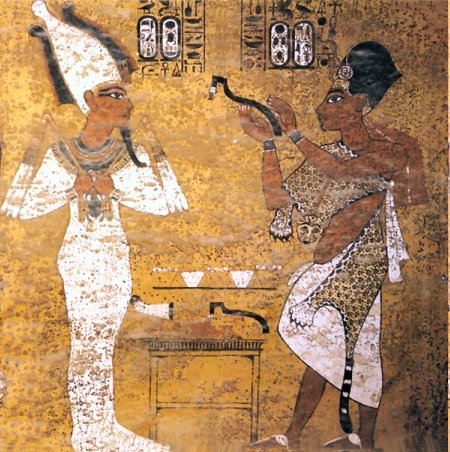Yesterday, Syria’s Antiquities Director Maamoun Abdulkarim announced that ISIS has executed the 82 year old head of antiquities in Palmyra:
Islamic State (IS) militants beheaded an antiquities scholar in the ancient Syrian city of Palmyra and hung his body on a column in a main square of the historic site, Syria’s antiquities chief said on Tuesday.
IS, whose insurgents control swathes of Syria and Iraq, captured Palmyra in central Syria from government forces in May, but are not known to have damaged its monumental Roman-era ruins despite their reputation for destroying artifacts they view as idolatrous under their puritanical interpretation of Islam.
Syrian state antiquities chief Maamoun Abdulkarim said the family of Khaled Asaad had informed him that the 82-year-old scholar who worked for over 50 years as head of antiquities in Palmyra was executed by Islamic State on Tuesday.
According to The Guardian, ISIS charged Asaad with “loyalty to the Syrian president, Bashar al-Assad, maintaining contact with senior regime intelligence and security officials and managing Palmyra’s collection of ‘idols,'” but it seems his real crime was refusing to show ISIS fighters where Palmyra’s remaining loot was:
Asaad had been held for more than a month before being murdered. Chris Doyle, director of the Council for Arab-British Understanding, said he had learned from a Syrian source that the archaeologist had been interrogated by Isis about the location of treasures from Palmyra and had been executed when he refused to cooperate.
Syrian authorities were reportedly able to move a lot of artifacts out of Palmyra before ISIS captured the site. Most of what’s left is immovable (and constantly at risk of being destroyed by the extremists), but as antiquities looting is a major revenue stream for ISIS, they were undoubtedly interested in anything movable that still remained on site. Asaad apparently stayed in Palmyra to oversee the removal even though it meant he would likely be taken by ISIS. He was extremely well-regarded by his colleagues:
Amr al-Azm, a former Syrian antiquities official who ran the country’s science and conservation labs and knew Asaad personally, said the “irreplaceable” scholar was involved in early excavations of Palmyra and the restoration of parts of the city.
“He was a fixture, you can’t write about Palmyra’s history or anything to do with Palmyrian work without mentioning Khaled Asaad,” he said. “It’s like you can’t talk about Egyptology without talking about Howard Carter.
“He had a huge repository of knowledge on the site, and that’s going to be missed. He knew every nook and cranny. That kind of knowledge is irreplaceable, you can’t just buy a book and read it and then have that.
“There’s a certain personal dimension to that knowledge that comes from only having lived that and been so closely involved in it and that’s lost to us forever. We don’t have that any more.”
Artifacts looting remains a major problem where ISIS is concerned, both for the destruction it causes to Syrian and Iraq cultural heritage and because the revenue the group earns then goes to fund its continued militant activities. On June 1, the US House of Representatives passed legislation to empower the State Department to track and prevent illicit trade in looted Syrian artifacts, but at present the bill is in committee in the Senate.
 King Tut…I don’t trust the guy…something about the way he’s looking at Ay in this tomb painting, though admittedly he would’ve been dead at this point
King Tut…I don’t trust the guy…something about the way he’s looking at Ay in this tomb painting, though admittedly he would’ve been dead at this point